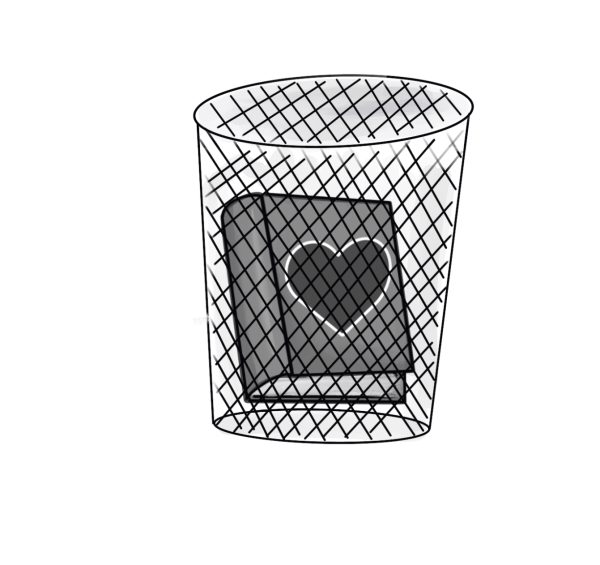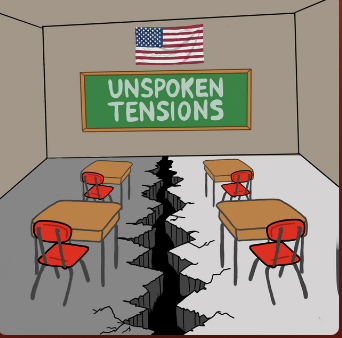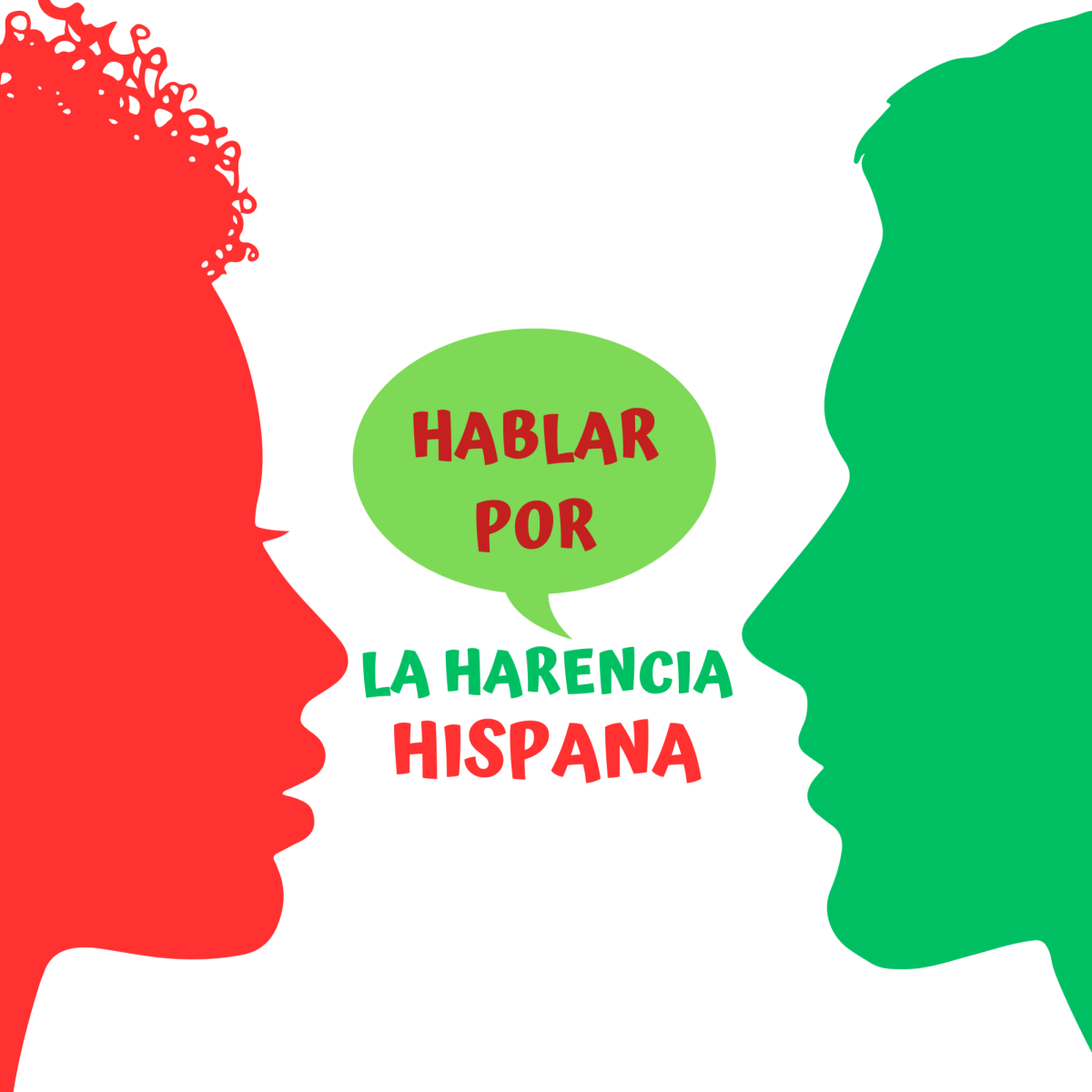Society’s favorite word for romance novels is “trashy.” Seen as full of frivolity and bad writing, romance novels are not high-ranking in the world of literature. Shelved under classics, science-fiction, mystery and fantasy, romance novels are discredited as “guilty pleasure reading.”
Romance is the most popular genre, with a massive base of both consumers and writers. The romance novel market made more than $1.4 billion in revenue in 2022, according to Words Rated, a data and analytics group. This, comparatively, is more money than the genres of crime, mystery, science fiction and fantasy books made combined. But, despite the genre’s popularity, respect for romance writing isn’t proportional.
Rochelle Bilow, culinary and romance author, compares the shame towards romance readers to those who watch ‘poor quality’ television shows.
“We do not vilify people who are watching light television or movies that make them feel good,” Bilow said. “But, for some reason, we have this bizarre requirement that all books have to be deeply educational, academic reading experiences, when sometimes you just want to read or watch or eat something that makes you feel happy. And there is nothing wrong with that.”
And yet there is plenty of skepticism about the legitimacy of romance as a real genre. Growing up as an avid reader who enjoyed classics and debriefing books with my book-snob father, the perspective I always had towards romance novels was negative. Reinforced by the bizarrely high regard in which classics are held comparatively, I began to formulate the belief that romance was not real literature.
But the reasoning behind why this genre is so often disregarded may have more to do with its consumer-base than the quality of the writing or the validity of the genre. According to Romance Writers of America, 82 percent of romance readers are female. Conversely, genres like mystery and science fiction are more evenly split, with 57 percent of their readers being female and 43 being male.

The romance genre faces more scrutiny than any other genre — and it also has the highest percentage of female readership. This is indicative of the same societal belief that things that are enjoyed popularly by women are less valid.
The beauty within the romance genre being female-dominated, however, is the messages that female writers are able to get across to readers. While many traditionally stereotypical romance novels are still being published, there has been a huge insurgence of women retelling the narrative. For centuries, while women had to hide behind male relatives and pseudonyms, men have decided the narrative of love and romance. Now, finally, female writers have begun to challenge that.
Jenn McKinlay, New York Times bestselling and award-winning author of numerous mystery and romance novels, comments on the sentiments behind romance and the importance of romance novels.
“Romance is about a character learning to love themselves. The romance is between the character and themselves, and they just finally meet someone who is a lens they can see themselves through,” McKinlay said. “People are finally catching on. It’s not a guy swooping in like Prince Charming, it’s someone coming in who gets you, sees you and helps you see yourself.”
Literature, as it is in many ways a reflection of culture, will continue to evolve as we do. There are a plethora of metrics in which one can assess a novel or genre as being ‘good,’ and each of those metrics will differ depending on the reader. However, society should not comprehensively condemn an entire genre as “trash” — especially based on the premise that it is female-dominated.




